Mulberry Pests and Diseases: How to Identify and Treat Them
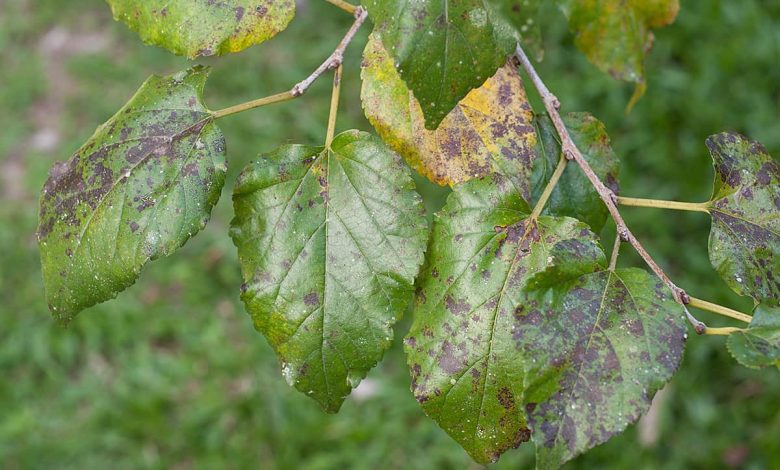
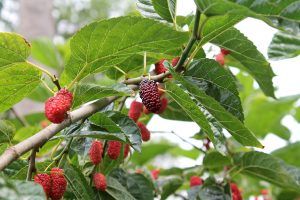 Ahhhh, blackberries… Who doesn’t like to enjoy a delicious dessert or a homemade Sunday jam made with blackberries?
Ahhhh, blackberries… Who doesn’t like to enjoy a delicious dessert or a homemade Sunday jam made with blackberries?
These delicious fruits come from a tree known as mulberry, which is woody in texture and reaches about 18 meters in height.
The tree is prone to attack by various pests and diseases that see its structure as a pleasant place to develop and grow.
But since we don’t like them even in photos, the best thing is to have the weapons to face them and protect the production. How? Here we will see it.
aphids
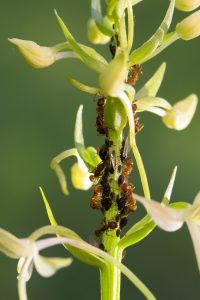 Aphids are common summertime pests that love warm weather and a certain level of humidity.
Aphids are common summertime pests that love warm weather and a certain level of humidity.
They settle on plants to feed on the sap they suck, preferably from the leaves.These actions harm mulberry trees in three different ways, so you have to be attentive to their appearance.
The first damage occurs by reducing the sap of the plants, which prevents them from continuing with their natural processes.
The second is oriented towards the wounds that it leaves open in the structure, which can give rise to the entry of some fungi, as happens with the bold. The third case is that they excrete a molasses that they leave all over the surface and that becomes attractive to other insects, such as ants.
Aphids are more or less easy to treat with the help of potassium soap or neem oil, so you will have to clean the leaves with a cotton ball when the plant is small. Aphids normally live on the underside of leaves, so you already have an idea of where to find them.
In the case of adult trees, it will be necessary to rely on an insecticide that is applied with the irrigation water.
Mealybugs
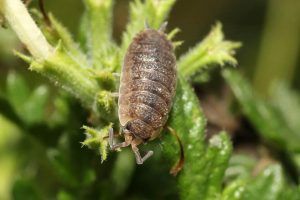 This is another of the pests that appear frequently in the spring-summer period.
This is another of the pests that appear frequently in the spring-summer period.
Mealybugs have a strong sucking apparatus with which they are able to take the sap of plants for their nutrition, like aphids.
If it is the cochineal, known as cottony, a kind of white film (like cotton) will appear on the surface of the plant.
All this produces a general weakening of the structure of the plant, which leads to a reduction in its vigor and productive capacity. The good news is that cochineal can also be dealt with more or less easily thanks to natural products.
As in the case of aphids, you can apply a cleaning with neem oil or potassium soap to reduce the population and eliminate the problem.
root rot
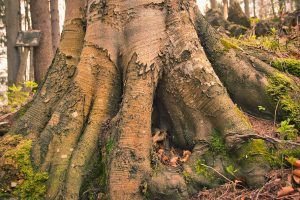 This is a disease that is caused by a fungus that attacks the roots when the humidity levels in the soil are excessively high.
This is a disease that is caused by a fungus that attacks the roots when the humidity levels in the soil are excessively high.
The most common is that it is generated when irrigation practices are not correct and the bush is subjected to a higher frequency of irrigation than it should.
This leads to an accumulation of liquid at the foot of the bush and the roots cannot be oxygenated. Therefore, they will become unable to carry nutrients and hydration to the rest of the structure, altering the health of the entire bush.
Treatments with fungicides will take effect depending on how advanced the disease is, as there are cases in which there will not be much more to do.
cankers
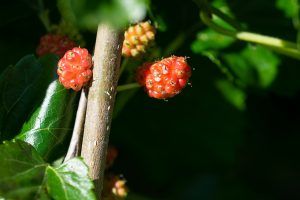 It is a disease that attacks various areas of the plant, although perhaps the most characteristic symptom is on the bark where «burn» spots appear.
It is a disease that attacks various areas of the plant, although perhaps the most characteristic symptom is on the bark where «burn» spots appear.
These are dark in color and appear in the hard parts when the mulberry has already gone through other phases such as the leaves that wither.
Because the mulberry tree is a prominent tree, the disease may only appear in one area, so it will be possible to treat it with pruning.
The idea is to cut the entire part that is affected, ensuring that you use disinfected tools and then seal the wounds with healing paste.
This paste will help the wound heal faster and prevent pathogens from entering the structure.
Similarly, you will have to apply a fungicide to help protect the other parts of the tree. If you act quickly, there are high chances of getting your mulberry back safely.
Mycosphaerella
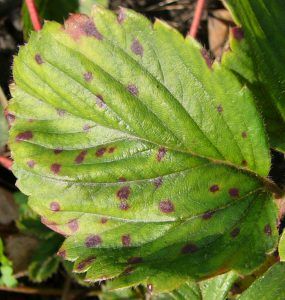 This is a fungus that can attack the mulberry causing a series of spots on the surface of the leaf.
This is a fungus that can attack the mulberry causing a series of spots on the surface of the leaf.
These spots are small and cover the entire structure, varying in color from brown to white.
As a result, the leaves lose the operational capacity to carry out their photosynthesis process, which affects the tree’s vigor and production.
To deal with it, it is necessary to use a fungicide that helps treat the pathogenic agent and reduce the negative effects.
Pruning the most damaged areas is an action that can also help in this matter, ensuring that they are burned later.
gummosis
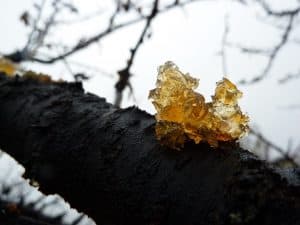 It is a disease that causes the trunk to start expelling the sap in the form of an amber-colored gum.
It is a disease that causes the trunk to start expelling the sap in the form of an amber-colored gum.
When it affects it, the area where this gum comes off begins to crack, producing the loss of the bark.
As is logical, it causes the internal communication channels of the plant to be affected and that causes instability in the internal processes.
To combat it, simply scrape the affected surface until you find an area with healthy wood and then apply a mixture of sulfur with lime.This mixture will help protect the area from further damage and help the plant heal from this wound.
And if you keep the surrounding humidity level low and also use a fungicide, your mulberry will be back to normal in no time. Paying attention to the «messages» that the mulberry tree leaves you will be the first step to help it in the event of any event of this nature.
From the rest, you will only have to enjoy its growth and the exquisite fruits that it will give you.
Bibliographic references
- Insects present in Morus alba L. and Moringa oleifora Lamark, MA Martínez, S Ramírez – Plant Protection Magazine, 2014 – scielo.sld.cu
- Initial evaluation of the mulberry (Morus alba L.) under nursery conditions, MG Medina, DE García, T Clavero, JM Iglesias… – Zootecnia…, 2007 – ve.scielo.org
- Management and use of mulberry (Morus alba) as forage, J Benavides – 1995 – sidalc.net
- Adaptation of three varieties of mulberry (Morus spp.) in the state of Hidalgo, A Rodríguez-Ortega, A Martínez-Menchaca… – Revista mexicana de…, 2012 – scielo.org.mx
- Growth of Morus alba L. during the establishment stage, from the transplant of postures, G Pentón, GJ Martín, K Oropesa, Y Noda, F Alonso – Pastos y Forrajes, 2012 – scielo.sld.cu
- Phytosanitary aspects about insect pests of forage trees, O Alonso – Pastos y Forrajes, 2001 – payfo.ihatuey.cu
Maybe you are also interested in:

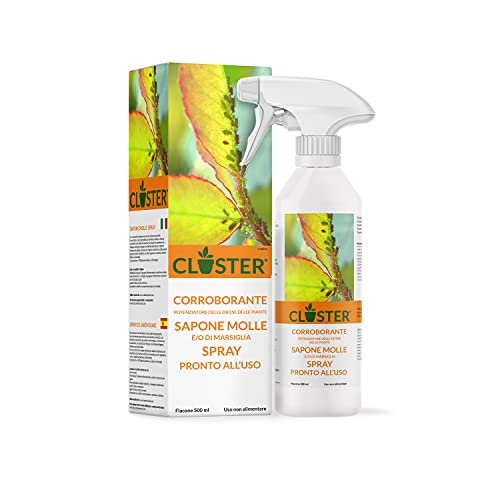

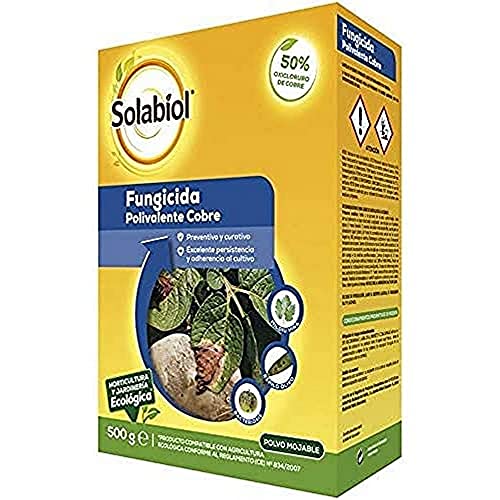
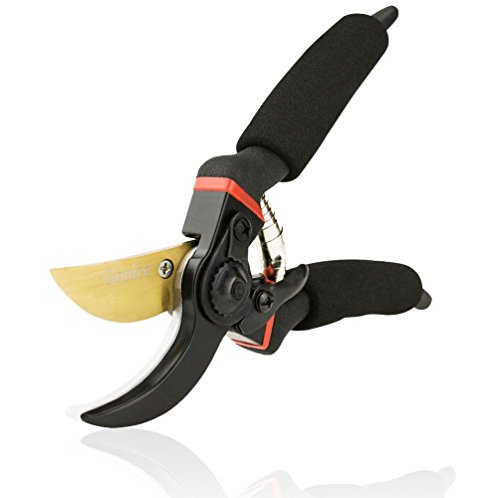



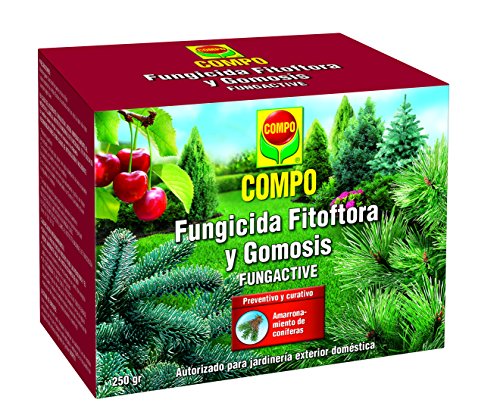
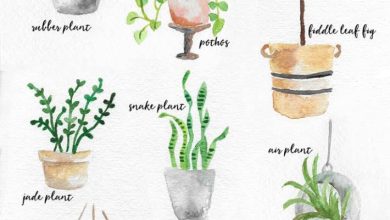
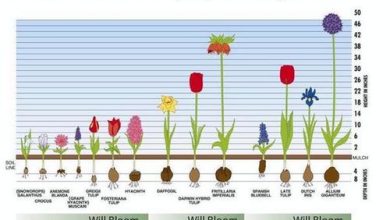

![Photo of Cabrahigo: [Characteristics, Cultivation, Care, Pests and Diseases]](https://www.complete-gardening.com/wp-content/uploads/2022/08/cabrahigo-characteristics-cultivation-care-pests-and-diseases-185x220.jpg)